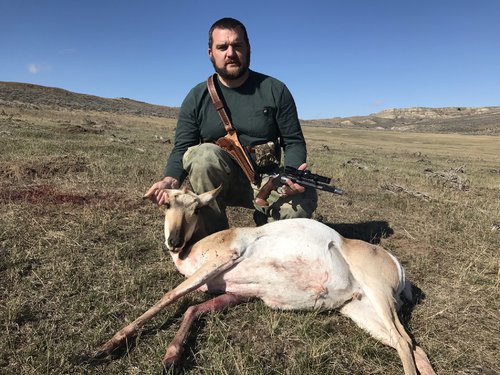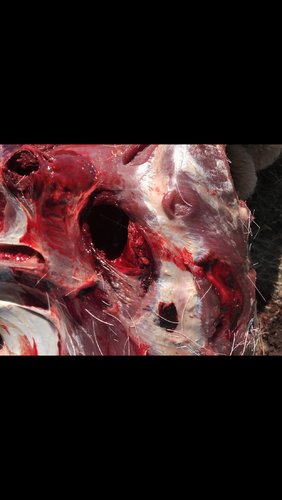Preacher shaner
Active member
- Joined
- Jan 17, 2019
- Messages
- 205
I am picking up a new 44mag with a I am thinking 71/2 in barrel. I am only hunting deer in the east and maybe someday a black bear.
I was looking at the 180gr HP. Every thing I am reading the guys are talking 200 to 300 + gr pills. Is that much weight really needed to take bear and deer. I know shot what the gun likes and all that.
Am I wrong, would I not want a lighter bullet that's moving faster. Your still talking a 180 gr bullet. Am I off base on this.
I was looking at the 180gr HP. Every thing I am reading the guys are talking 200 to 300 + gr pills. Is that much weight really needed to take bear and deer. I know shot what the gun likes and all that.
Am I wrong, would I not want a lighter bullet that's moving faster. Your still talking a 180 gr bullet. Am I off base on this.






